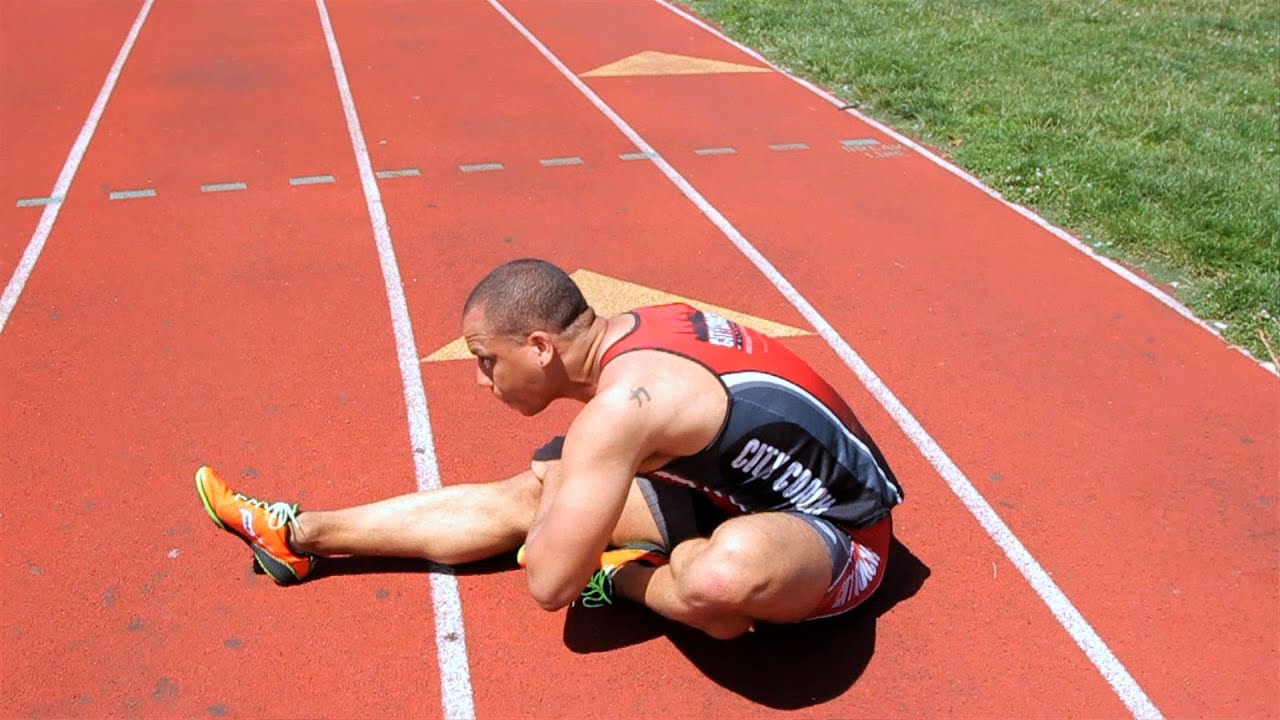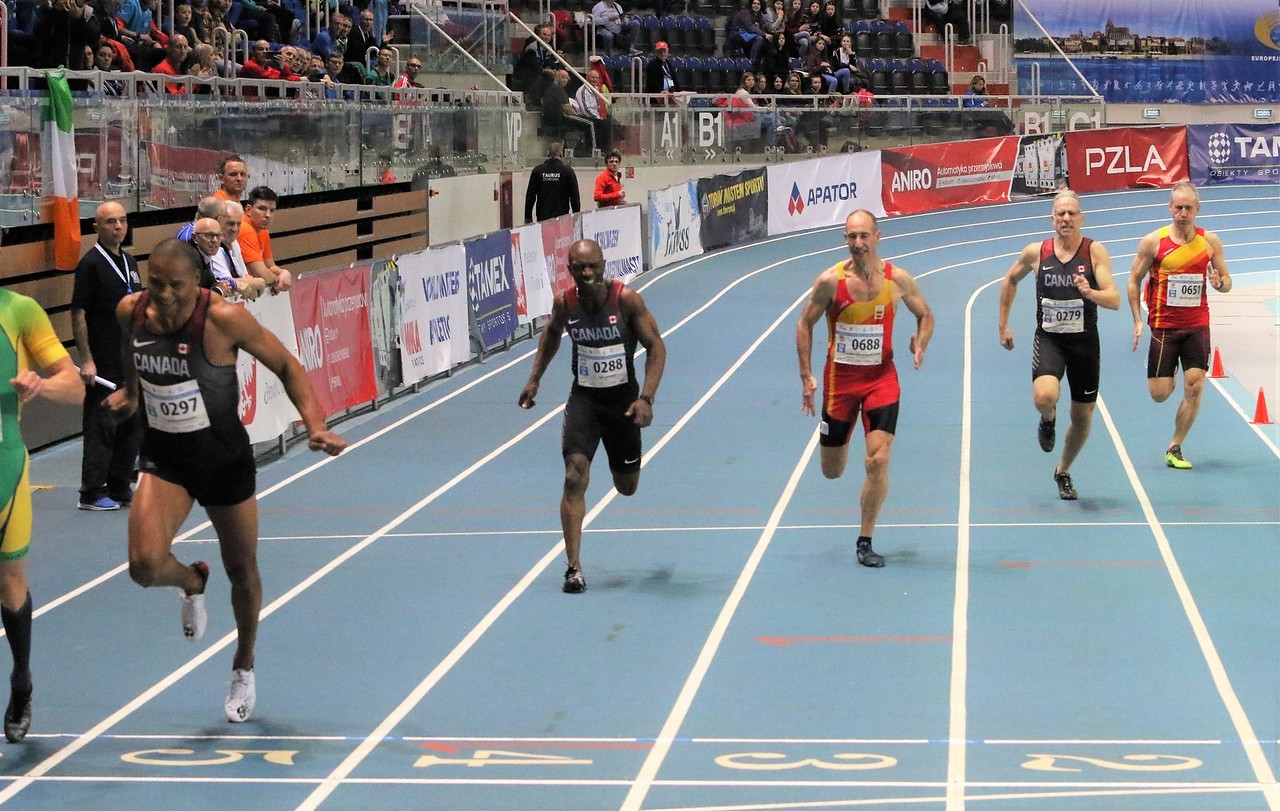When preparing to run your fastest 400 meters, it’s crucial not to start off too aggressively. Begin your training with a light volume of sprinting days to help your body adapt and prevent injuries. Johnson emphasizes the importance of proper warm-ups and cool-downs in your sprint training routine.
Consistency is key, so ensure you incorporate sprinting regularly into your workouts. Sprinting sessions should make up about 10 percent or less of your overall weekly training initially, gradually increasing as you progress.
Developing good form is essential for effective sprinting. Unlike casual runs, sprinting requires a precise form to avoid injuries. Focus on symmetry in your movements, ensuring your left and right sides are mirroring each other.
Efficient movement is crucial, so analyze and adjust your arm swing, stride, and overall body positioning. This attention to detail in your form will significantly impact your sprinting performance.

Training for the 400-meter sprint involves sustaining speed for as long as possible rather than running at maximum speed throughout. Johnson suggests practicing by running four rounds of 300 meters at 70 to 80 percent of your max speed with short rest periods between rounds. This helps build the endurance needed to maintain a high speed during the actual race, making the 400-meter dash more manageable.
On race day, conserving energy is vital despite the sprinting nature of the 400 meters. It’s a common mistake to sprint at full speed for the entire race, which even world-class athletes can’t sustain.
The key is to manage your energy and speed strategically throughout the race, using full speed at specific points while conserving energy at others. This balanced approach helps avoid burnout and maintains performance.
Finally, maintaining focus is crucial during the 400-meter dash. The race demands intense mental concentration as you continuously assess your form, strategy, and positioning.
Being highly focused enables you to make real-time decisions and adjustments, whether it’s tweaking your technique or navigating around other runners. Developing this mental sharpness during training ensures you can execute a strong, mistake-free race, making the most of your sprinting abilities.
